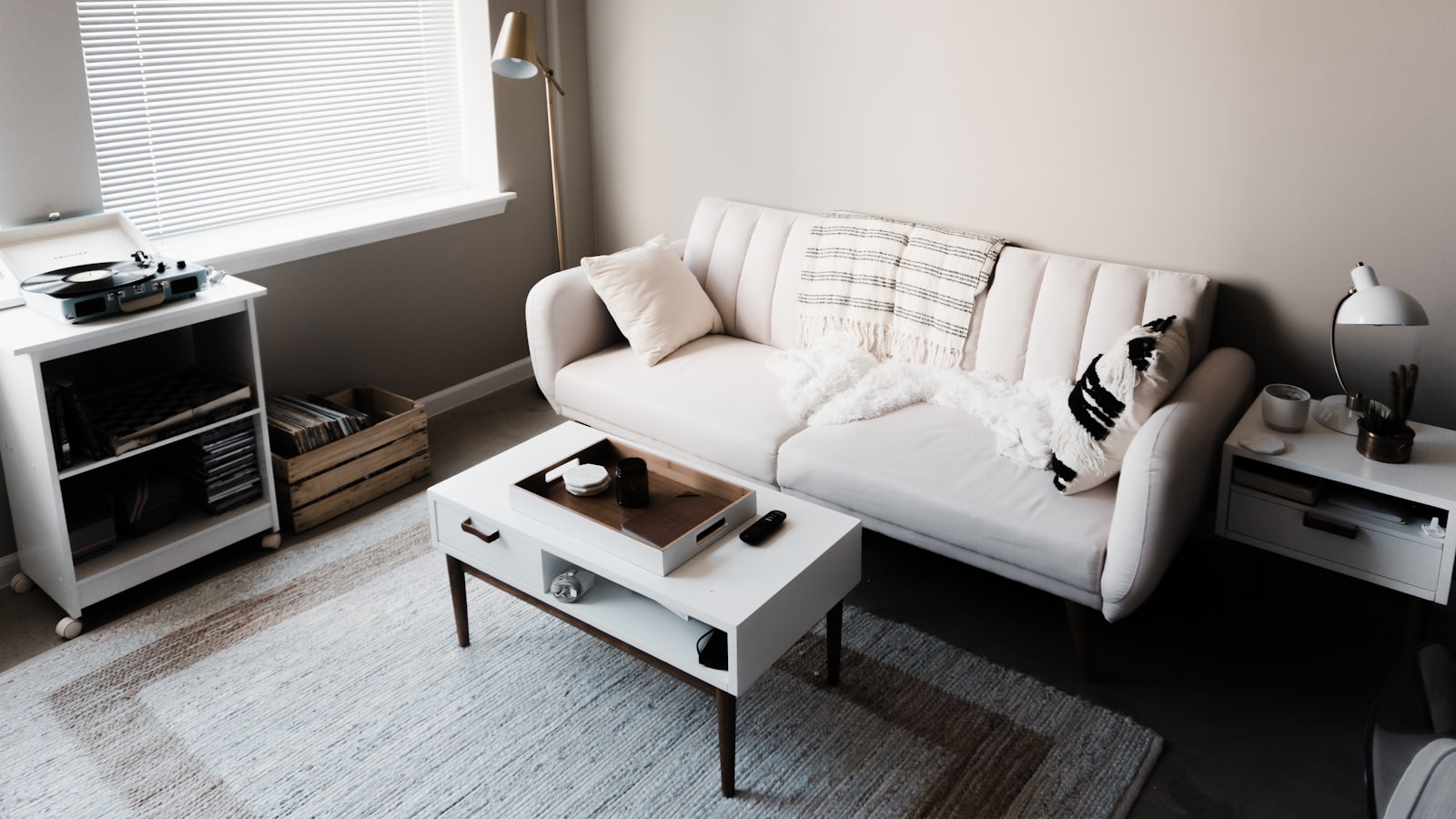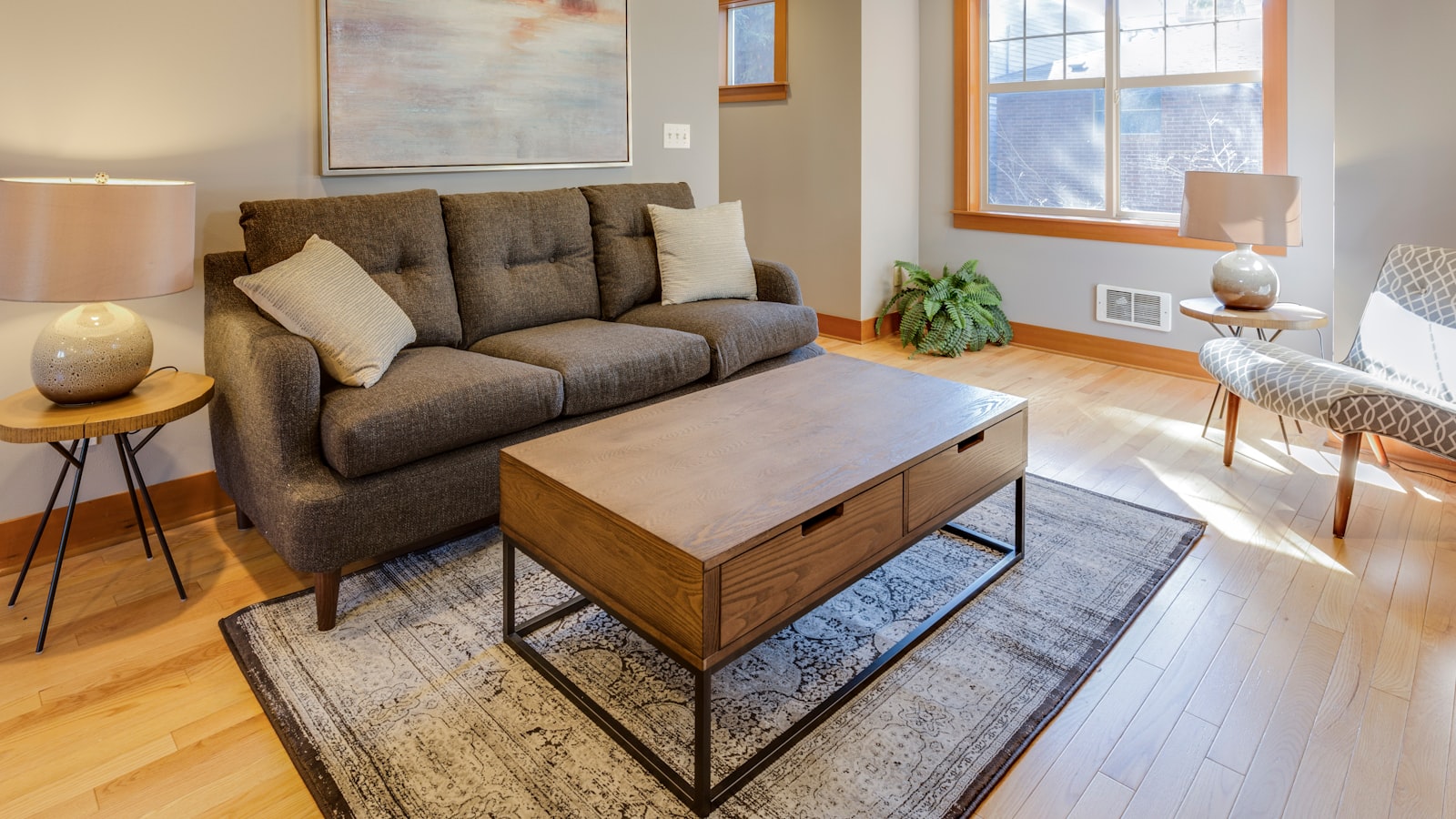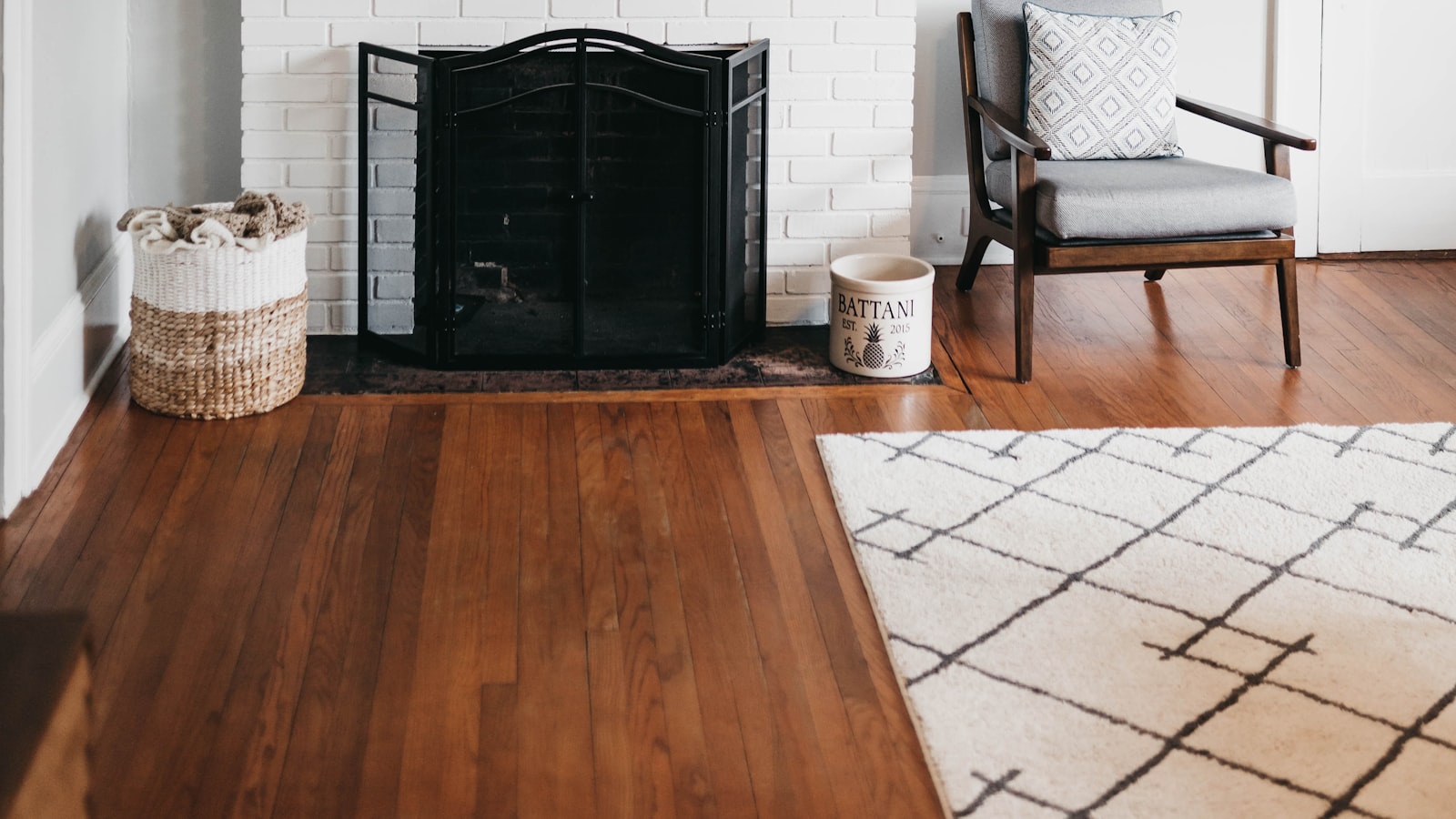Assisted Living Facilities
Assisted living facilities are a great option for older adults. They offer social activities and help with daily tasks.
These facilities provide assistance with basic functions like bathing, dressing, toileting and medication reminders. They also provide meals, security and care from a staff of trained professionals.
assisted living facilities
Assisted living Facilities offer support to seniors who want to continue their independence but need around-the-clock help with activities of daily living (ADLs). This support ranges from light housework and laundry to more specialized services like physical therapy and transportation.
The amount of assistance each resident receives depends on his or her needs. Initially, residents may require less help. However, as their care needs change over time, they may need more assistance to continue living independently.
Assisted living facilities provide a variety of amenities, including meals, transportation, security and medical and social services. They also have disaster plans and staff trained to help seniors in emergencies.
does medicare pay for assisted living
Medicare, the federal health insurance program for people 65 or older and those with certain disabilities, does not pay for the costs of assisted living. But it can help with medical expenses, such as doctor visits and prescription drugs.
The cost of assisted living services may also be covered by Medicaid, a state-run program that provides financial assistance to people who are low income or have limited assets. However, Medicaid coverage varies by state and can be complicated to obtain.
Seniors and their families often cover assisted living costs out of pocket using personal savings, retirement accounts, annuities, Social Security benefits and pensions. It’s important to review and create a budget before moving into an assisted living facility, so you’ll know how much you can afford and what types of funding are available.
how much is assisted living
Assisted living costs vary by community, services and location. Often, the base cost for a community is all-inclusive and includes everything from rent to care services and meals.
However, some communities offer a la carte options where the senior can add or remove services at their discretion. This structure allows for greater flexibility if their needs change in the future.
In New York, the average monthly cost for an assisted living facility is $4,630, which is about $500 higher than the national average. This is only slightly higher than neighboring states of Pennsylvania and Connecticut, but much lower than Vermont and New Jersey.
Fortunately, there are a variety of financial assistance programs that may help pay for the cost of assisted living. These may include public payment options, such as Medicaid, and private financial aid from savings or retirement accounts.
who pays for assisted living
Assisted living facilities are often financed with a combination of private and public sources. These include savings and assets from aging adults or their children, pension payments, Social Security benefits, and long-term care insurance.
The federal government and most states also offer Medicaid, a joint state and federal program that may cover some of the costs of assisted living. Whether or not you qualify for Medicaid depends on your income.
If you don’t qualify for traditional Medicaid, you may be eligible for a home and community-based waiver program that can help cover your room and board costs in an assisted living facility. However, these programs are limited and have waiting lists.
assisted living vs nursing home
Assisted living facilities are for older adults who don’t need around-the-clock nursing care, but do need help with some of their activities of daily living (ADLs). These facilities provide personal care assistance, simple health services, 24-hour security, and socialization.
The average monthly cost of an assisted living community is typically less than a nursing home, so it’s an ideal option for seniors who don’t need constant medical attention.
Nursing homes, also known as skilled nursing facilities, offer around-the-clock care for people with physical or mental conditions that require high levels of medical attention and supervision. They have staff members who are trained in nursing and other health-related professions, including physical therapists and occupational therapists.










